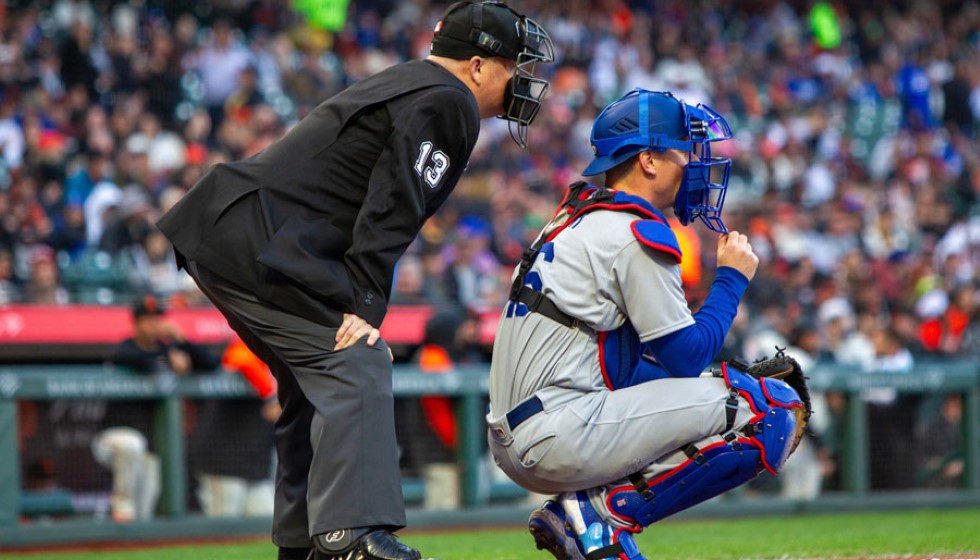
Deadline Approaches for MLB Teams as Arbitration Decisions Loom
As the offseason unfolds in Major League Baseball, all eyes are trained on the impending November 22 deadline. This crucial date marks the point by which teams must determine the futures of their arbitration-eligible players, a pivotal moment in shaping both team rosters and player careers for the coming season.
For many MLB players, reaching arbitration status is a significant milestone, typically achieved after accumulating three years of Major League service time. However, the financial landscape of the league comes into sharper focus due to the unique category of players known as "Super Two." These exceptional talents qualify for arbitration after just two years, thanks to their remarkable performances and a service ranking within the top 22 percent of second-year players.
Arbitration provides these players the chance to negotiate salaries that exceed the league minimum, allowing them to secure financial rewards commensurate with their contributions on the field. For teams, this is a delicate balancing act: weighing a player's potential salary against their perceived value. This evaluation can lead to difficult decisions, where some players are non-tendered, effectively releasing them into free agency.
The previous season witnessed notable non-tender decisions, with players like Tim Hill, Spencer Turnbull, Cooper Criswell, and Nick Senzel entering the open market. These moves underscore the strategic considerations teams face, as they navigate financial constraints while maintaining competitive rosters.
Players on the Arbitration Horizon
This offseason, several players stand out with projected arbitration salaries that highlight their value. Chas McCormick is poised to receive attention with a projected salary of $3.3 million. Known for his defensive prowess and timely hitting, McCormick’s contract decision will be watched closely by fans and analysts alike.
Alongside McCormick, Alek Manoah's projected salary of $2.4 million places him in the roster spotlight. Manoah's impressive pitching performances have cemented his role in his team's rotation, making his contract renewal a likely move for the front office.
David Bednar's anticipated $6.6 million salary underscores his importance as a key relief pitcher. Bednar's ability to consistently close games adds significant value to his franchise's bullpen, making his tendering an apparent priority.
Pitchers aren't the only ones receiving attention. Triston McKenzie and Dylan Carlson both have projected salaries of $2.4 million and $2.7 million, respectively. Each player has showcased substantial growth and impact, justifying their expected salary increases during arbitration discussions.
Paul Blackburn, with a projected $4.4 million salary, and Andrew Vaughn, expected to earn $6.4 million, further illustrate the depth of talent currently navigating the arbitration process. Each player has made meaningful contributions to their teams, with aspirations of continued success in their roles.
Perhaps the most intriguing case is that of Cal Quantrill, whose projected salary is $9 million. This figure reflects both his on-field achievements and future potential, making Quantrill's arbitration decision a critical component of his team's offseason strategy.
Meanwhile, Akil Baddoo, with a projected salary of $1.6 million, presents an interesting challenge for his team’s management. While the figure may seem modest compared to others, Baddoo's dynamic playing style offers significant upside, worthy of careful consideration.
The Implications of Arbitration
The arbitration process not only impacts the players directly involved but also sets a precedent for the financial landscape of the league. For teams, these decisions resonate beyond mere salaries; they influence salary cap considerations, future contract negotiations, and the overall competitiveness of the squad.
As teams deliberate over player valuations and financial commitments, fans eagerly await the outcomes, knowing that these decisions can shape the trajectory of their favorite clubs. The blend of talent evaluation and fiscal responsibility remains a delicate balance, one that will continue to unfold as the offseason progresses.
As the November 22 deadline approaches, the tension within front offices intensifies. Teams face the challenge of making strategic choices that align their financial resources with their competitive ambitions. Ultimately, these arbitration decisions not only affect the players but also set the stage for the season ahead, creating a ripple effect felt throughout Major League Baseball.